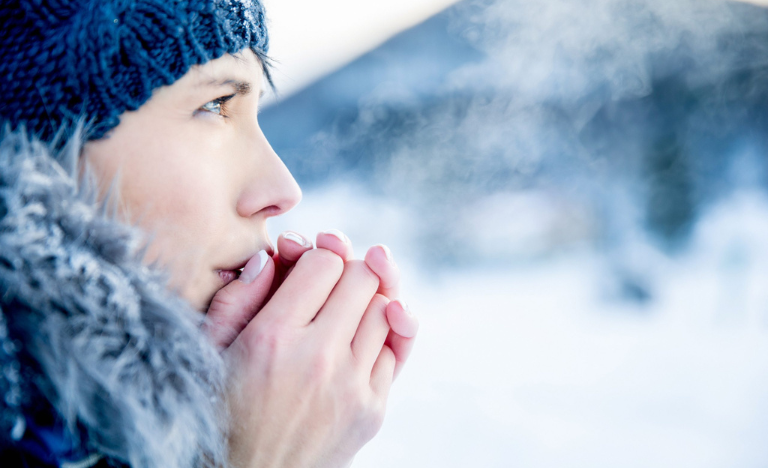As the weather dips and we experience cold weather alerts more frequently (temperatures of -15°C or colder) extreme cases of hypothermia are more likely to develop risking fatality. The concerning reality behind all of this is that people experiencing homelessness account for 25% of all hypothermic injuries and 20% of hypothermic deaths. On top of this, 72% of hypothermia cases with people experiencing homelessness have occurred when the cold weather wasn’t deemed cold enough to be an extreme cold weather alert. This is a huge reminder that even if an extreme cold weather alert isn’t issued, there are still people out there whose bodies are fighting against cold emergencies.
Now that you know more about what causes hypothermia and how it affects our bodies, it is also important that you know the signs to look for if you see a person that might need help.
Signs of mild hypothermia
Involuntary shivering
Goosebumps
Apathy
Difficulty speaking
Moderate Hypothermia
Shivering stops
Sleepiness (fading consciousness)
Confusion / irrational behaviours
Dilated pupils
Shallow breathing
Slowed heart rate
Severe Hypothermia
Very slow heartbeats
Stiff muscles
Loss of consciousness
Lack of a pulse
As much as the holiday season can be a time of great joy, we hope you continue to consider the lives of those who are less fortunate at this time of year.
If you’d like to help in some way this winter, but you can’t assist financially or donate goods, spreading awareness is just as important. This could be as simple as sharing an informative article like this one or a video on social media or even just having conversations with the people in your circle. The winter season is a festive and busy time where people can lose track of some important issues, so be the lightbulb that sheds a light. Together, warm hearts can prevail over these cold winters.

